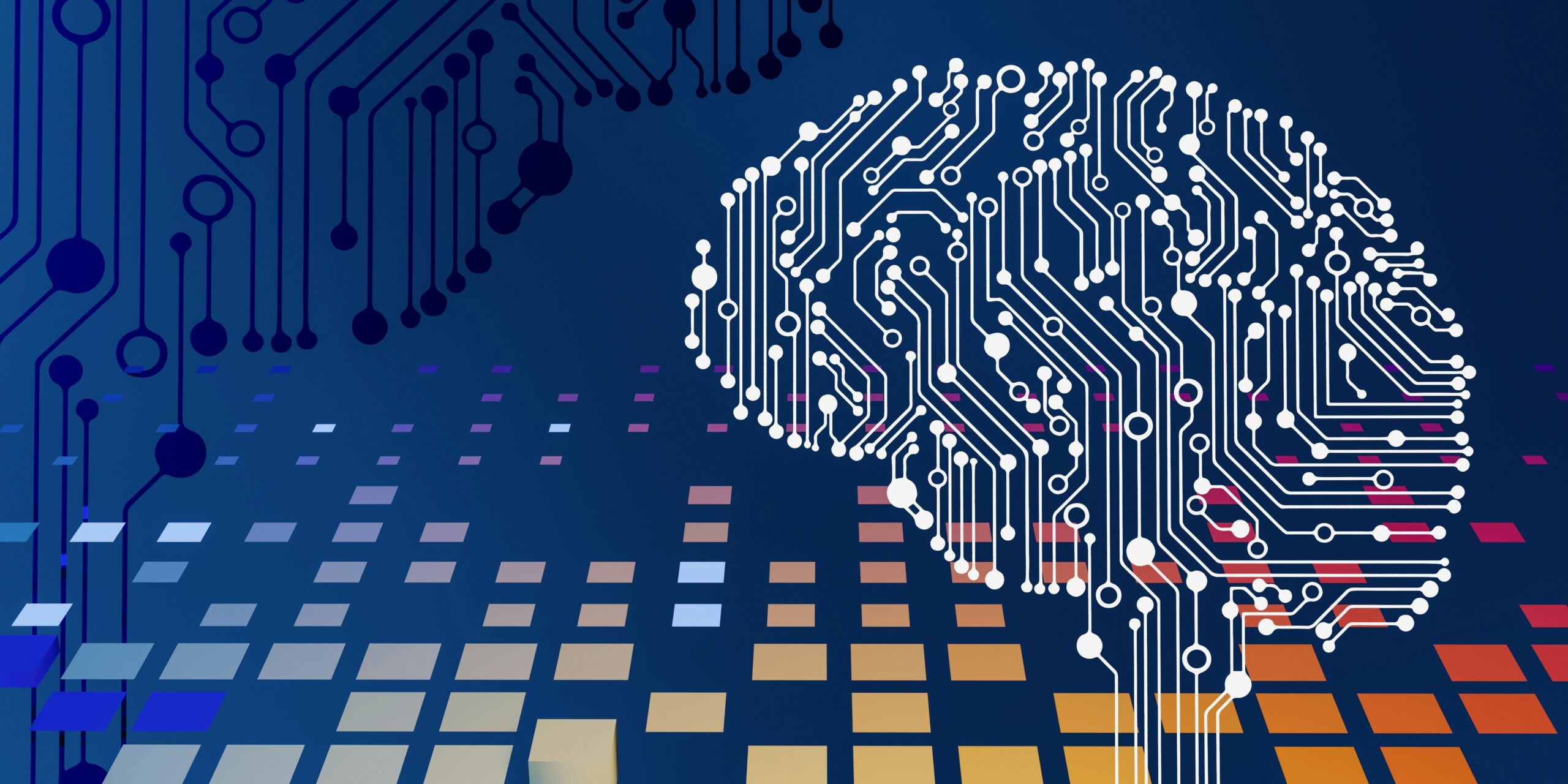Imagine a workplace where baby boomers, Gen Xers, millennials, and Gen Zers are all working together, each with their own unique skills and abilities. Now, imagine trying to create training programs that cater to the needs of this diverse group, keeping them engaged and helping them grow. This is the reality for many organizations today, and to succeed in this ever-changing landscape, companies must find innovative ways to bridge the gap and utilize instructional technologies that cater to a multigenerational workforce.
1. Embrace Mobile Learning
One of the most effective ways to bridge the gap between generations is by embracing mobile learning. According to a generic L&D professional, ‘Mobile learning allows for on-the-go access, making training available to employees whenever and wherever they need it.’ This flexibility can be a game-changer for organizations with a multigenerational workforce, as it provides an easy way for employees to access learning materials and complete training at their own pace.
2. Utilize Microlearning
Microlearning is another powerful tool for addressing the needs of a diverse workforce. By breaking down content into smaller, bite-sized pieces, microlearning makes it easier for employees to digest and retain information. It also allows for more personalized learning experiences, as individuals can focus on the specific topics that are most relevant to their job or development needs. As a generic L&D expert says, ‘Microlearning is an excellent solution for engaging a multigenerational workforce because it caters to different learning styles and preferences.’
3. Leverage Gamification
Gamification is a powerful instructional technology that can help engage and motivate a multigenerational workforce. By incorporating elements of game design into training programs, companies can create more interactive and enjoyable learning experiences. According to an anonymous L&D professional, ‘Gamification not only makes training more fun, but it also promotes friendly competition and collaboration, which can build camaraderie and strengthen relationships among coworkers.’
4. Harness the Power of Social Learning
Social learning is another key component in creating an inclusive learning environment. By encouraging collaboration and knowledge-sharing among employees, companies can foster a sense of community and create a culture of continuous learning. A generic L&D professional suggests that ‘Social learning can be particularly beneficial for multigenerational workforces, as it creates opportunities for employees of all ages and backgrounds to learn from one another.’
5. Why Learnexus?
When it comes to bridging the gap between generations and implementing instructional technologies effectively, Learnexus is the answer. As a freelancer marketplace for Learning & Development, Learnexus helps managers quickly and easily find and hire freelancers with highly specific skills and experience, offering a 47% cost saving and streamlining procurement. By partnering with Learnexus, organizations can ensure their training programs cater to the unique needs of a multigenerational workforce and drive lasting success.




